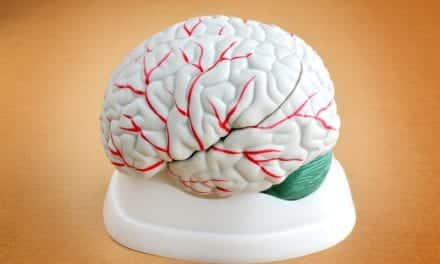When we fall asleep, the electroencephalogram (EEG) reveals that our brains generate rhythmic oscillations called “slow waves.” These waves are important for keeping us asleep and for recovering after a full day of mental and physical activity. Common hypotheses hold that these slow waves are produced in the cerebral cortex, the upper part of the brain just below the surface of the skull. In contrast, wakefulness was thought to arise from the activity of “wake centers” located in the lower part of the brain including the brainstem that directly activates the neocortex, which is the part of the mammalian brain involved in higher-order brain functions such as sensory perception, cognition, and generation of motor commands.
In a new study, neuroscientists at the Department of BioMedical Research (DBMR) at the University of Bern and the Department of Neurology at Inselspital, Bern University Hospital, found that neurons in the thalamus, a central hub of the brain, control sleep as well as wakefulness. The thalamus is connected to almost all other brain areas and supports important brain functions including attention, sensory perception, cognition, and consciousness.
The researchers headed by Antoine Adamantidis, PhD, discovered that a small population of these thalamic neurons have a dual control over sleep and wakefulness, by generating sleep slow waves but also waking up from sleep, depending on their electrical activity. The research group used a technique called optogenetics, with which they used light pulses to precisely control the activity of thalamic neurons of mice. When they activated thalamic neurons with regular long-lasting stimuli the animals woke up, but if they activated them in a slow rhythmical manner, the mice had a deeper, more restful sleep.
“Interestingly, we were also able to show that suppression of thalamic neuronal activity impaired the recovery from sleep loss, suggesting that these neurons are essential for a restful sleep after extended period of being awake,” says Thomas Gent, PhD, lead author of the study. This shows that the thalamus is a key player in both sleep and wake. The study has now been published in the journal Nature Neuroscience.
Adamantidis says, “We believe that uncovering the control mechanisms of thalamic neurons during sleep and wake will be key to finding new sleep therapies in an increasingly sleep deprived society.”




Very well-researched article. I learned this first time. Thank you very much.